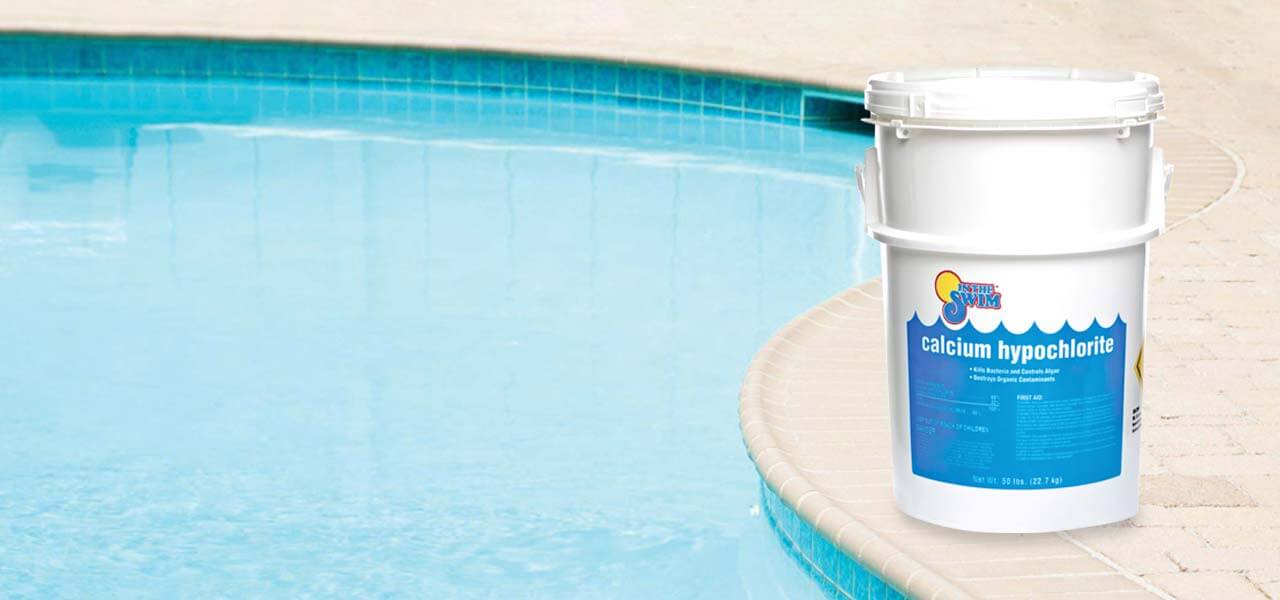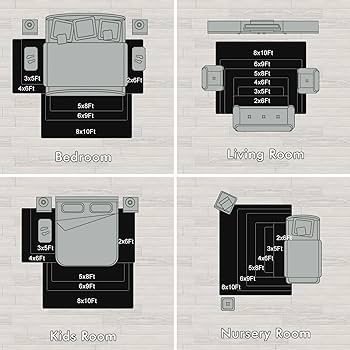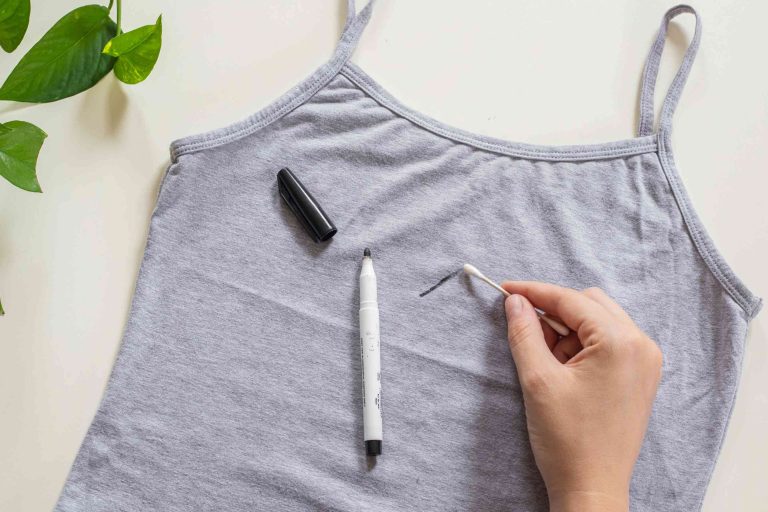Is Pool Shock Safe?
Pool shock is a type of chemical used to eliminate germs, bacteria, and algae from swimming pools. It is a powerful oxidizer that brings chlorine levels up to the recommended level for swimming safety. While pool shock is an effective and necessary tool for pool maintenance, there are concerns about its safety. This article will discuss the safety of pool shock and how to properly use it to ensure a safe and clean swimming environment.
What is Pool Shock?
Pool shock is a highly concentrated chlorine-based compound used to chlorinate swimming pools. This powerful chemical kills bacteria and other harmful organisms that can be present in the pool water. Pool shock is added to the pool water at high levels in order to ensure that the pool is clean and safe for swimmers. It also helps to remove the chlorine odor and other offensive odors that can be present in pool water. Pool shock is a powerful and effective way to keep your pool clean and sanitized.
Benefits of Pool Shock
Pool shock is an important step in keeping your pool clean, safe, and healthy. Shock treatment eliminates bacteria, algae, and other contaminants, while also restoring the chemical balance of your pool water. By closing your pool regularly, you can enjoy a sparkling clean pool with minimal effort. The benefits of pool shock include:
1. Improved water clarity and sparkle: Pool shock can help to keep your pool looking its best by reducing cloudy water and restoring the natural sparkle of your pool.
2. Easier maintenance: Regular shock treatment can make the process of maintaining your pool much easier. By shocking your pool regularly, you can reduce the amount of time spent on cleaning and balancing your pool’s chemical levels.
3. Improved water safety: Pool shock can help to keep your pool safe for swimming by eliminating bacteria and other contaminants. This can help to reduce the risk of skin irritation, eye and throat irritation, and other health risks associated with swimming in contaminated water.
Pool shock is an easy and effective way to keep your pool clean and safe. By using pool shock regularly, you can enjoy a sparkling clean pool with minimal effort and improved water safety.
Risks of Pool Shock
Pool shock is a sanitizing chemical used to keep pools clean and free of bacteria and other contaminants. While it is important to use shock to keep your pool healthy and safe, it is important to understand the risks associated with its use. Pool shock can be corrosive and can irritate and burn skin and eyes. In addition, if it is misused or overused, it can irritate the respiratory system, cause nausea and vomiting, and can even be fatal in high enough concentrations. Proper use and storage are important to prevent any potential harm. It is important to follow the manufacturer’s instructions for proper use and ensure that the shock is stored away from children and pets. Additionally, it is important to wear protective clothing and eyewear when handling the chemicals. By understanding the risks of pool shock and taking the proper precautions, you can keep your pool clean and your family safe.
Factors to Consider When Choosing Pool Shock
Finding the right pool shock for your pool is an important part of pool maintenance. Pool shock is a chemical that is used to kill bacteria, fungi, and other harmful contaminants in your pool water. In order to ensure proper sanitation of your pool water, it’s important to select the right type of pool shock for your swimming pool. Here are some factors to consider when choosing pool shock:
1. Size: The size of your pool will determine the amount of shock needed to properly sanitize the water.
2. Type of Shock: There are several types of pool shock on the market, including chlorine-based and non-chlorine-based shock.
3. Cost: Choose a pool shock that fits within your budget, but also make sure that you’re getting a quality product.
4. Location: The location of your pool will also play a role when selecting a shock. In-ground pools require different types of shock than above-ground pools.
5. Time: Be sure to factor in the amount of time the shock needs to be in the pool before it is safe for swimming.
By considering these factors when selecting pool shock, you can ensure that your pool is properly sanitized and safe for swimming.
How to Properly Use Pool Shock
Pool shock is an important part of keeping your pool clean and safe for swimming. Proper use of pool shock can help keep your pool free of algae, bacteria, and other contaminants. To properly use pool shock, start by testing the pH level of your pool and adjusting it to between 7.2 and 7.6. Then, shock your pool with the appropriate amount of chlorine-based or non-chlorine-based shock. Make sure to evenly distribute the shock throughout the pool. Finally, allow the pool to circulate for at least 24 hours before returning to normal use. By following these steps, you can ensure that your pool is properly shocked and safe for swimming.
Other Pool Maintenance Tips
When it comes to pool maintenance, there are a few tips that should be kept in mind to ensure a sparkling clean pool. Regularly testing the pool water and adjusting the pH levels accordingly is essential to maintain a healthy pool. Skimmer baskets should be emptied once a week, and the pool should be vacuumed regularly to remove dirt and debris. Additionally, pool filters should be replaced or cleaned as needed to ensure proper water circulation. Lastly, chlorine levels should be monitored and adjusted to kill bacteria and prevent algae growth. Following these simple steps will help you enjoy your pool for years to come.
How to Test Pool Water Quality
Testing your pool water quality is essential to ensuring a safe and enjoyable swimming experience. By regularly testing the water, you can prevent the spread of germs and bacteria, and make sure that the pH levels are correct. Here are the steps you should take to ensure your pool water is in top condition:
1. Purchase a pool testing kit and read the instructions carefully.
2. Test the pH level of the pool water. The ideal range is between 7.2 and 7.8.
3. Measure the alkalinity and calcium hardness levels. The ideal alkalinity range is between 80 and 120 parts per million (ppm). Calcium hardness should be between 150 and 400 ppm.
4. Test the chlorine and other sanitizers in the water. Aim for a chlorine level between 1 and 3 ppm.
5. Test for total dissolved solids (TDS) and metals. The ideal TDS range is between 250 and 500 ppm, and metals should be below 10 ppm.
6. Finally, test for other contaminants, including nitrates and phosphates.
Regularly testing your pool water is the best way to ensure your swimming experience is safe and enjoyable. With the right testing kit and a few simple steps, you can easily assess the quality of your pool water and maintain a healthy balance.
Common Pool Shock Products on the Market
The use of pool shock products is a necessary part of keeping a pool clean and healthy. Shock products are used to oxidize organic contaminants, kill bacteria, and make chlorine more effective. There are a variety of common pool shock products on the market, from chlorine granules to non-chlorine shock. Chlorine granules are the most popular choice, offering a quick and easy way to oxidize contaminants and reduce bacteria levels. Non-chlorine shock is a great option for people who want to reduce their chlorinated pool’s chlorine levels. It is also a great choice for people who are sensitive to chlorine. No matter what type of pool shock you choose, it is important to read and follow all of the directions provided on the product label to ensure that your pool is properly sanitized and safe.
Conclusion
Pool shock is generally safe to use, as long as it is properly handled and stored in accordance with the instructions on the packaging. Pool shock can help to keep your pool clean and free of harmful bacteria, but it is important to use it correctly and in moderation. If you are unsure about how to use pool shock, it is best to consult a professional who can provide advice on the best way to use it.







